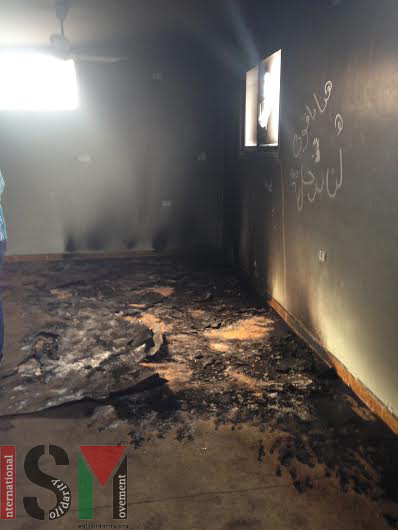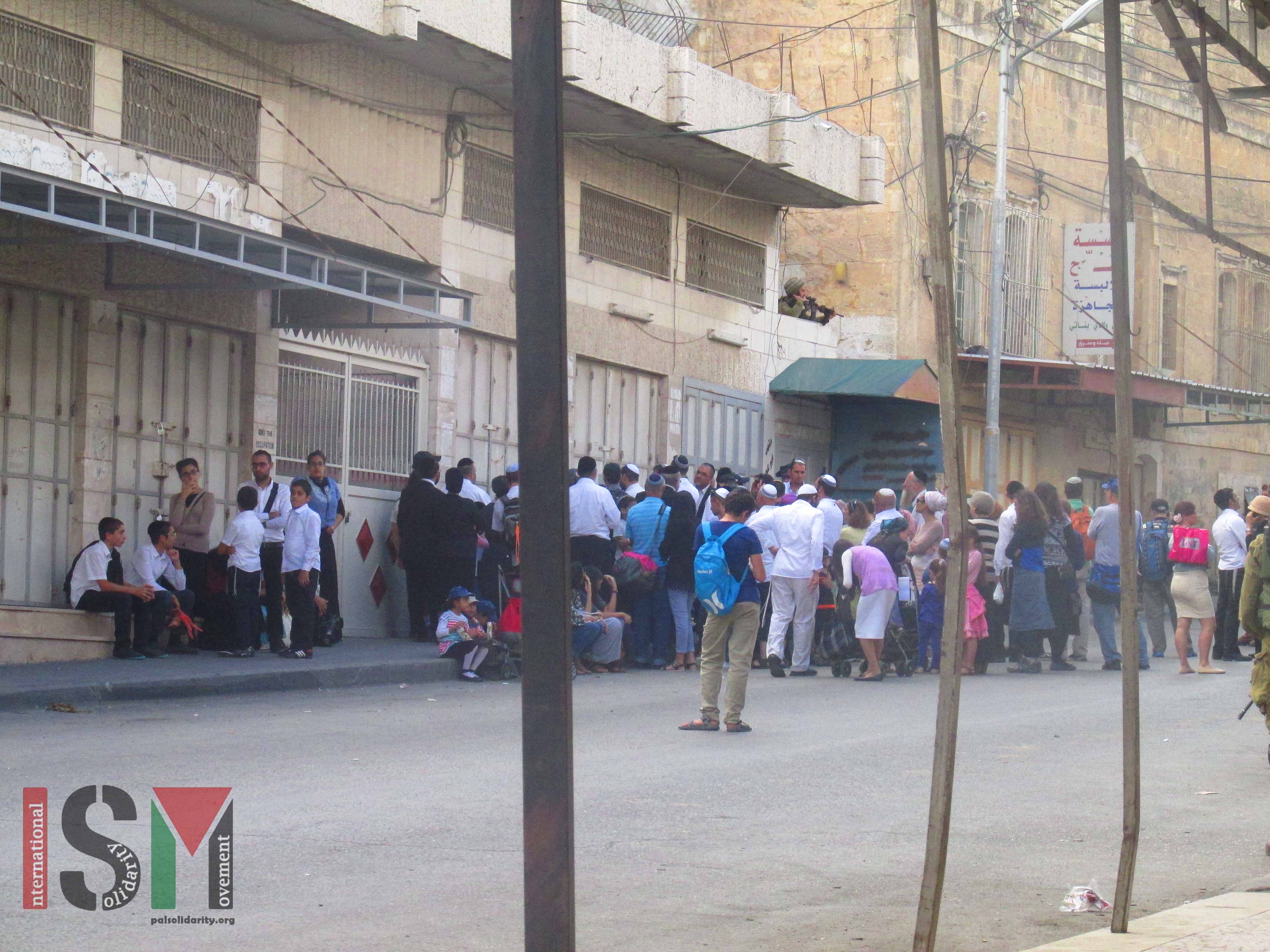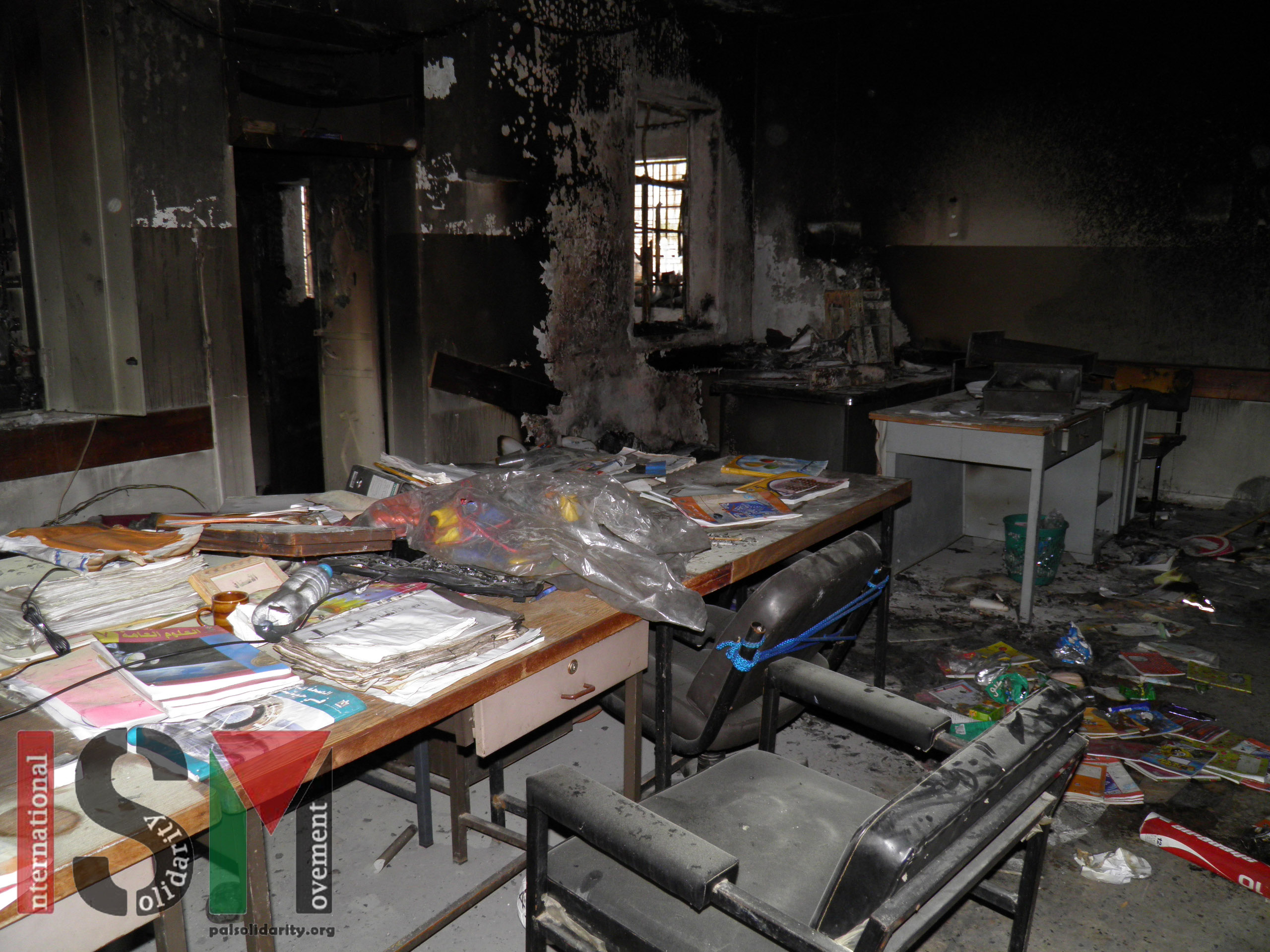Tag: Settlers
-
Mosque burnt in apparent price tag attack
15th October 2014 | International Solidarity Movement, Nablus team | Aqraba, Occupied Palestine In the early hours of Tuesday morning, a group of Zionist settlers from the illegal settlements close to Aqraba near Nablus, set fire to a mosque in the outskirts of the village. The investigation so far shows that the building was set on fire at approximately…
-
Jewish holiday leads to large influx of settlers, zionist tourists, and Israeli soldiers
12th October 2014 | International Solidarity Movement, Khalil team | Hebron, Occupied Palestine Today in al-Khalil (Hebron), as part of the Jewish holiday of Sukkot, thousands of settlers and Zionist tourists descended upon the city. The Israeli military presence in Hebron, which is already a large an oppressive part of everyday life, greatly increased. Hebron is the…
-
Palestinian school set on fire
21st September 2013 | International Solidarity Movement, Nablus team |As-Sawia, Occupied Palestine On the evening of the 10th September, unknown assailants broke into the As-Sawia Secondary School, forced open the door and set the school on fire. Bedouins living close to the school saw the fire and alerted the fire brigade. By the time it was put…



